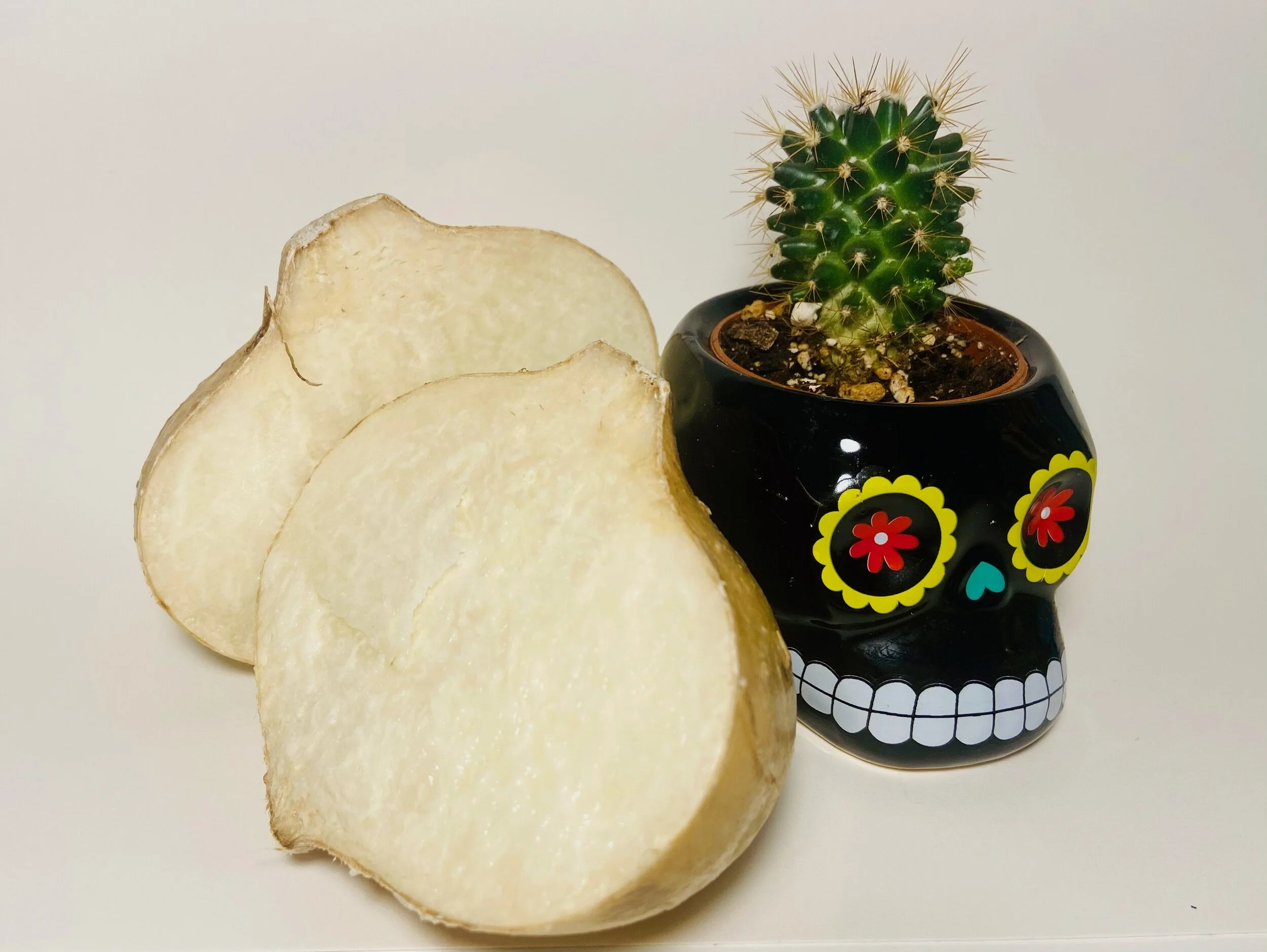Patchouli: It is an Edible and Medicinal MINT!?
Photograph by Forest & Kim Starr. This image is licensed under the Creative Commons Attribution 3.0 Unported license.
Traveller, many associate pachouli with Earth mommas, free love, dreadlocks, body-odor, and doobies. Well, we are about to go on a journey that will largely ignore these cliché associations.
Patchouli is a mint.
That’s right!
And like most mint family members, patchouli is edible. If that didn’t shock you, you are either smarter or cooler than most. Just learning that patchouli was a mint was enough to pop open my botanical maw in the dumbest wonder.
Thanks to a helpful assist from faculty scientist, Dr. Santhosh Kumar from Chulalongkorn University, we were able to charge through mountains of advertising bluster, to bring you a pachouli profile unlike any other.
Welcome to the oft-slandered and senselessly reviled world of one of Earth’s most ubiquitous perfume additives and indigenous medicines. Welcome to the world of Pogostemon cablin:
Patchouli!
Pogostemon cablin
Synonyms— Mentha cablin, Pogostemon patchouly, P. patchouli, P. suavis, P. patchouli var. suavis, P. javanicus.
Family — Lamiaceae
Family Characteristics — Lamiaceae family members tend to be fragrant with square stems, and opposite leaves [1].
Aliases — pachouli; Guang huo xiang or 广藿香 (CHINA); patschulikraut (GERMANY); cablan, kabling (PHILLIPINES); nilam, patcha, patchapat, patchouli (INDIA)
Binomial Etymology — cablin is a derivation of a colloquial Filipino term for the plant: cablan [2]. Pogo- is derived from a GREEK term meaning “bearded,” and -stemon refers to a plant’s stamen[6], thus giving us the contextual generic meaning of Pogostemon: bearded stamen. Below we see a picture of the hirsute stamina presented by patchouli flowers courtesy of Forest and Kim Starr. Coincidence? Not on your life, pal!
Binomial Pronunciation: — poh-GAH-steh-mahn kab-LINN
Photograph by Forest & Kim Starr. This file is licensed under the Creative Commons Attribution 3.0 United States license.
Is Patchouli Edible?
Pullupyourplants.com prides itself in not using the phrase, “according to Wikipedia.” That said, I became curious by a wikipedia assertion (lacking any qualifying citation) that Pogostemon cablin is used by “some cultures” as a vegetable and seasoning. I thought, perhaps, I could find a primary source to back this statement up. I asked the chefs of Reddit, searched library archives, and made internet searches in Hindi, Chinese, Malay, and Filipino.
While we shall soon see that patchouli is used in industrial food production, the only evidence of patchouli being used as a food by regular people came from a dot-com article written in Chinese.
Source: totozhan.com
“广藿香的食用方法
1、煮粥
广藿香平时可以用来煮粥喝,再用它煮粥的时候,需要把干燥以后的广藿香十克研成细末,再准备50克大米,用清水淘洗干净以后入锅加清水煮制成粥,在粥煮到八成熟时,加入准备好的广藿香末,调匀以后再准备十分钟,然后关火,出锅以后就能食用。
2、做汤
广藿香平时还能用来做汤喝,再用它做汤时需要准备,广藿香九克,扁豆花九克,佩兰和银花各准备十克,把准备好的所有食材全部放到锅中,加清水煮开,再煎煮十分钟,然后取出去掉药渣,取适量的冰糖,放入到得到的汤汁中,然后直接服用就可以。
With the help of Reddit user u/kschang, we are able to understand these as recipes for rice porridge (recipe 1), and a soup (recipe 2).
A Simple Patchouli Porridge
Grind 10 g of dried patchouli into a powder.
Grind 50g of rice.
Wash the rice and cook into porridge.
Add dried patchouli powder to porridge at 80% done.
Simmer for another 10 minutes.
Patchouli Soup
9g patchouli
9g hyacinth dolichos
9g Eupatorium fortunei
10g Japanese honeysuckle [flowers]
Boil all ingredients for 10 minutes.
Add sugar to taste
Considering the unknown authority of the original source, we should take these recipes with a grain of salt.
.… har har har.
Pachouli as a Food Additive and Spice
Patchouli is legally allowed for use in the United States as a natural flavoring substance without limitation [8]. Pachouli is used industrially as a flavoring agent in carbonated beverages [5]. It is said to be a great breath freshening addition as a spice, along with clove and anise, elevating food preparations including baked goods, chewing gum, puddings, alcoholic beverages, and liquors [5].
The only product I could find advertising pachouli as a flavor was the fourth in a quartet of Coca-Cola “Signature Mixers” for whiskey/rum drinks. It is called “Woody,” and its a product marketed exclusively in the UK to posh craft-drink enthusiasts.
Ethnobotany of Patchouli
The MULAM people in Guangxi, CHINA, eat the plant with salt water to help to promote the appetite and to alleviate symptoms of nausea and vomiting [3].
In INDIA, patchouli has long been used to repel moths from garments and textiles, and bedbugs from the bed [5]. It is used medicinally among the indigenous populations of INDIA to combat asthma and as an anti-fungal [4][5]. The fresh leaves—either whole or freshly juiced—are used to treat burns, snake bites, cuts/wounds, and to curb the appetite while calming the nerves. People of INDIA are also known to use pachouli as a shampoo when it is combined with pulverized lemongrass (mmm-MMM, that scent combo sounds sincerely marvelous) [5]. Further, those suffering from mensural cramps are said to gain relief from drinking an infusion of patchouli leaves [5].
In SAMOA, the leaves of Pogostemon cablin are bundled up and added to the laundry [7].
Patchouli in Music
Madonna’s “Like a Prayer” LP was originally released scented with patchouli oil in order to evoke a sense of church, though the Material Girl later recounted that it was a “terrible, terrible perfume. I can't stand it. I don't [like it] any more. It's a tree hugger's smell.”
*Who cares?
It turns out that there are plenty of songs that reference the patchouli out there in the wilds. Here are but a few:
Thank you to my supporters on Patreon.com. Without you, this website would not be possible. Please visit patreon.com/pullupyourplants if you would personally like to make a difference.






